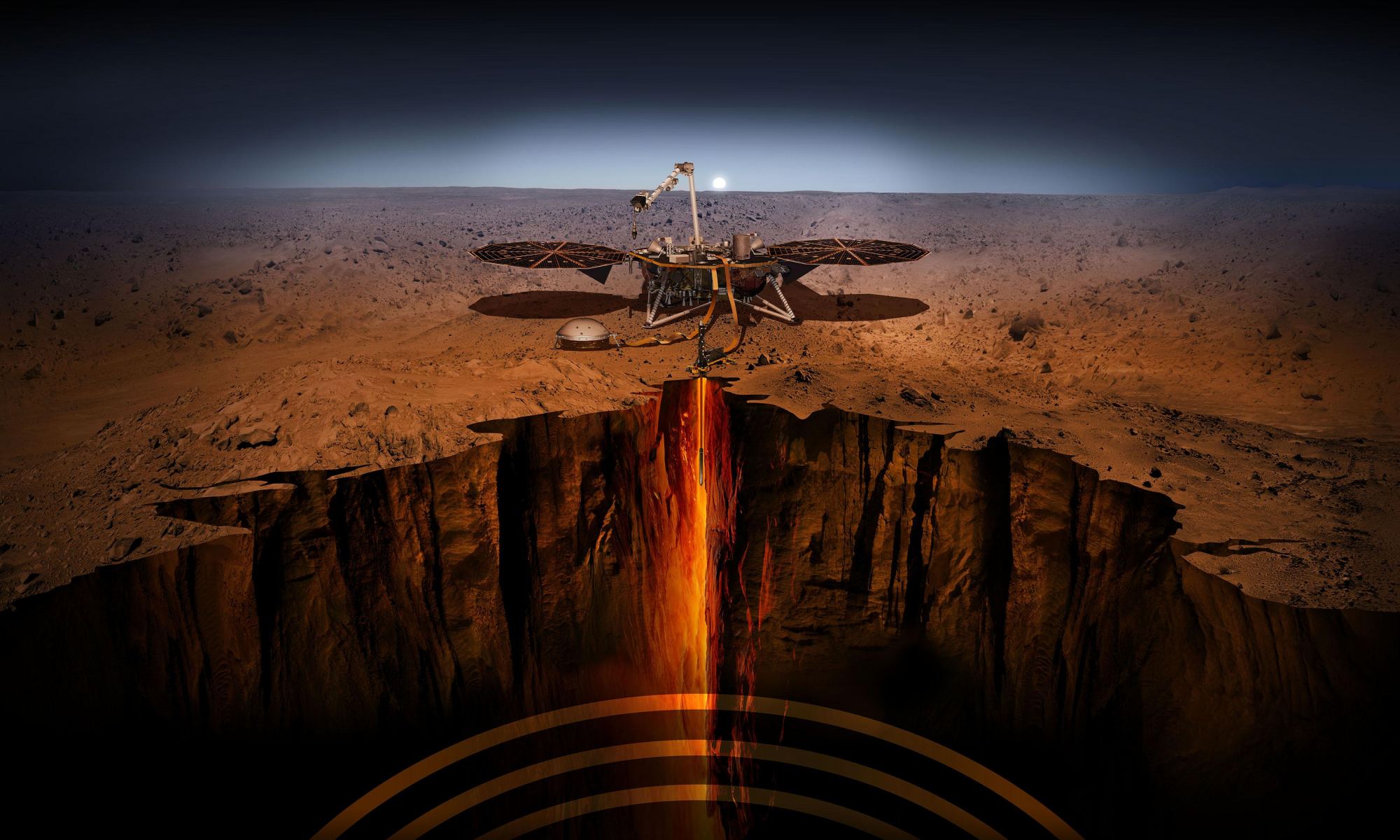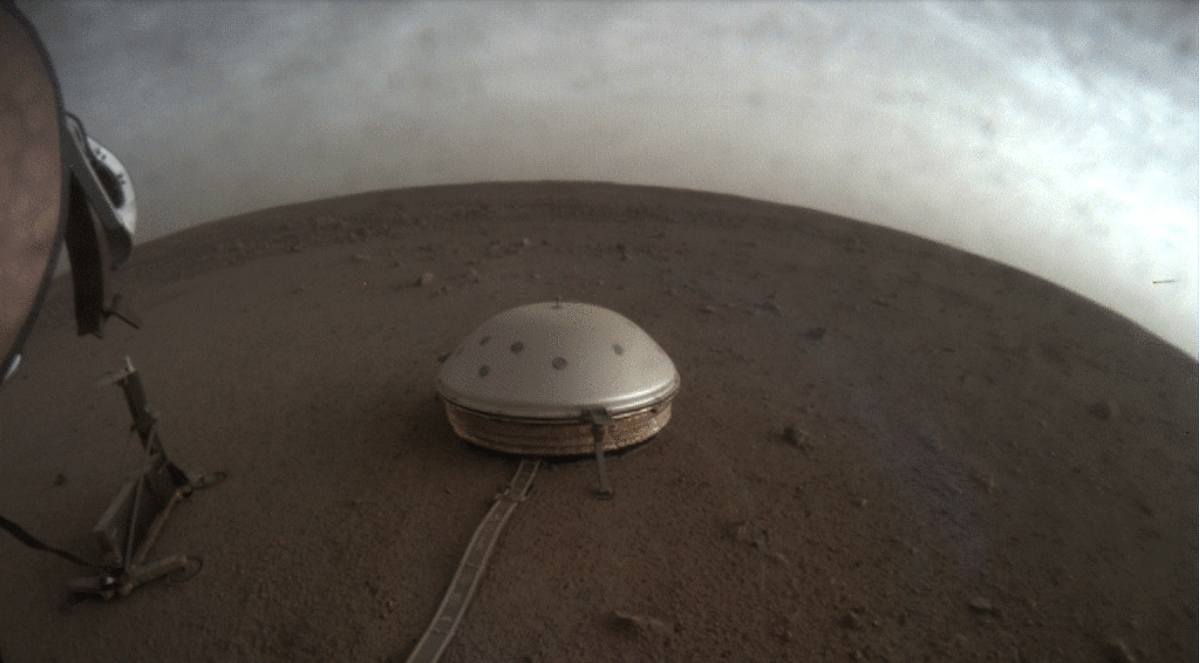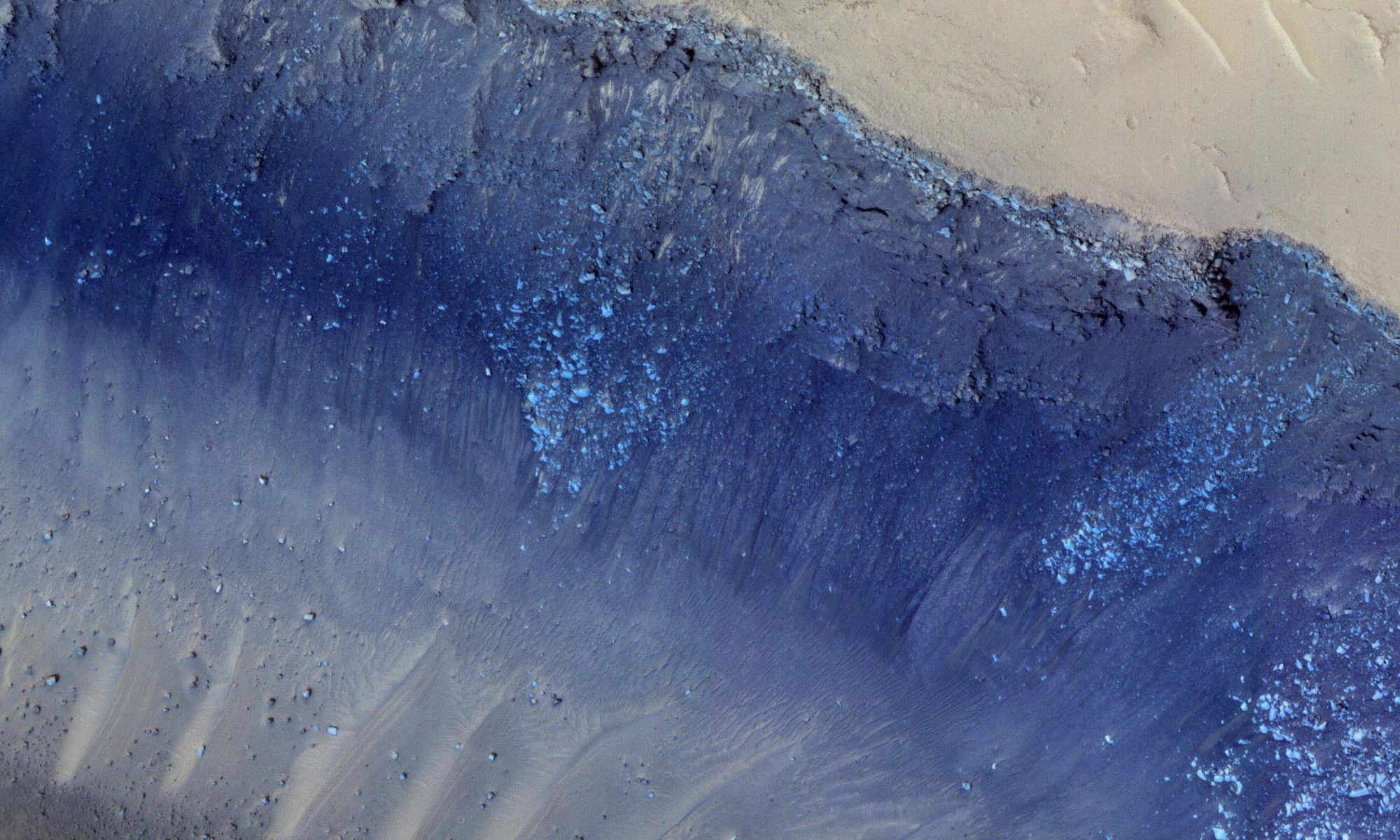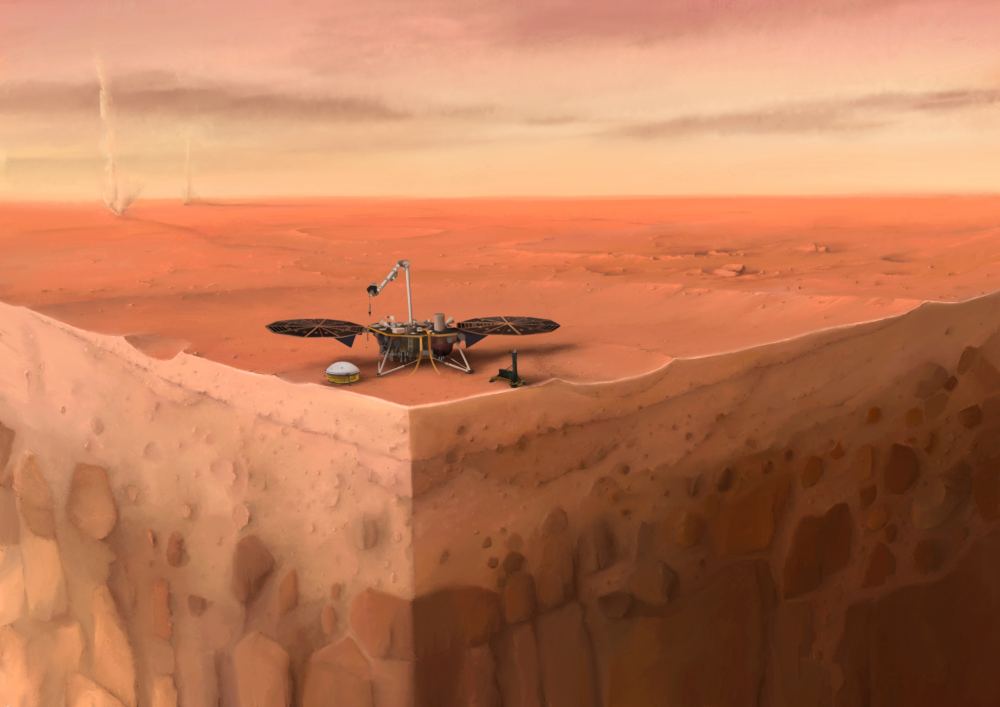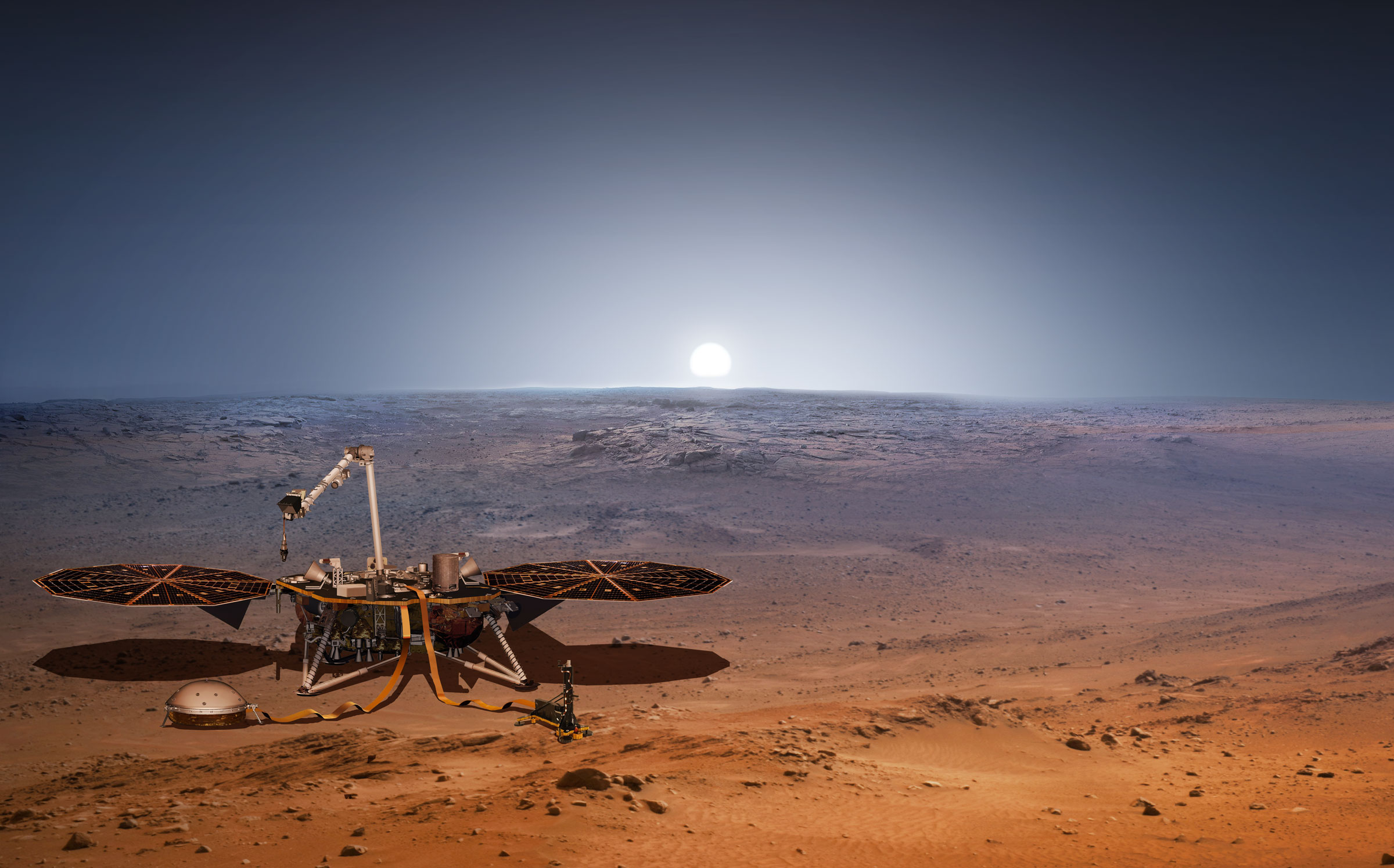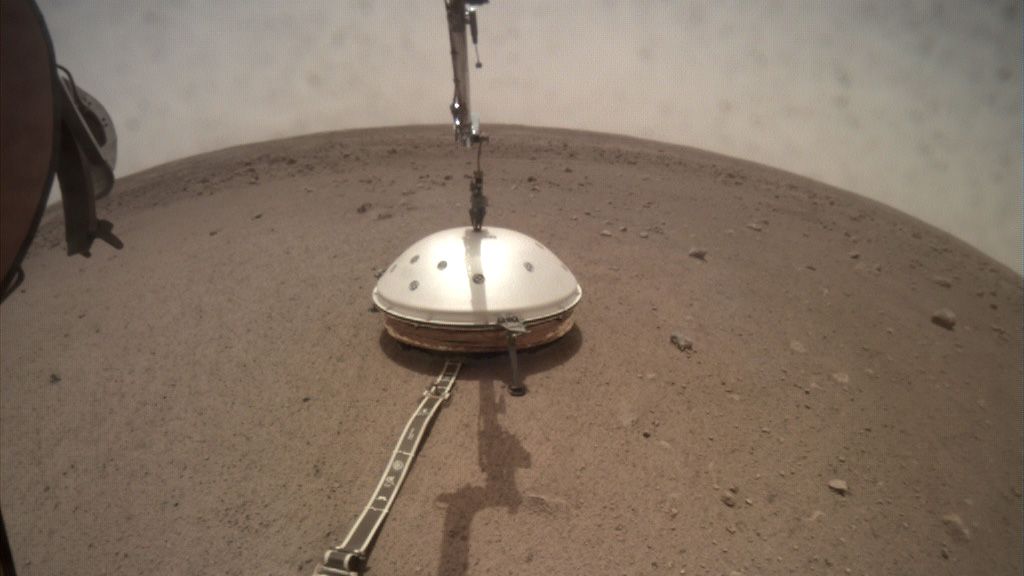In May of 2018, NASA’s Interior Exploration using Seismic Investigations, Geodesy, and Heat Transport (InSight) landed on the Martian surface. This mission is the first of its kind, as all previous orbiters, landers, and rovers focused on studying the surface and atmosphere of Mars. In contrast, InSight was tasked with characterizing Mars’ interior structure and measuring the core, mantle, and crust by reading its seismic activity (aka. “marsquakes”).
The purpose of this is to learn more about the geological evolution of Mars since it formed 4.5 billion years ago, which will also provide insight into the formation of Earth. According to three recently published papers, the data obtained by InSight has led to new analyses on the depth and composition of Mars’ crust, mantle and confirmed the theory that the planet’s inner core is molten.
Continue reading “InSight has Mapped out the Interior of Mars, Revealing the Sizes of its Crust, Mantle, and Core”




